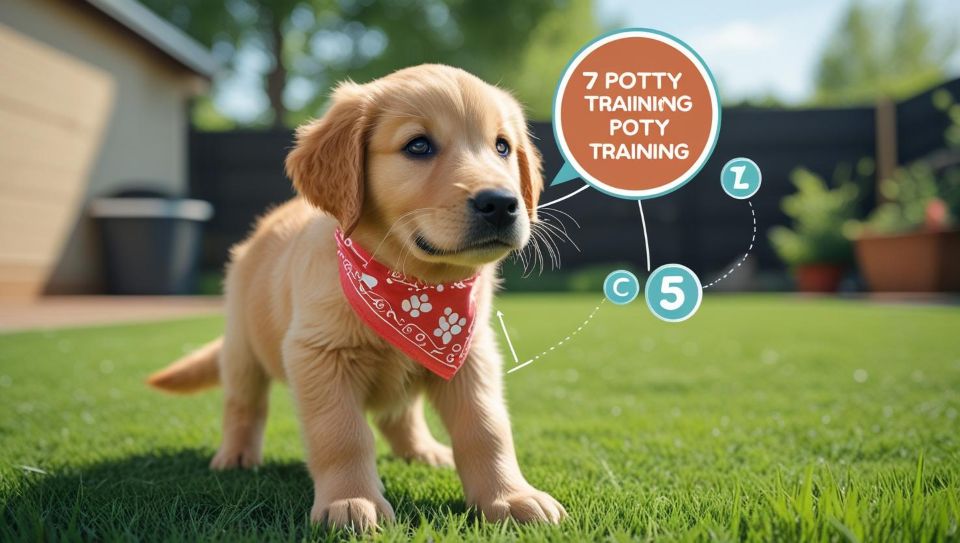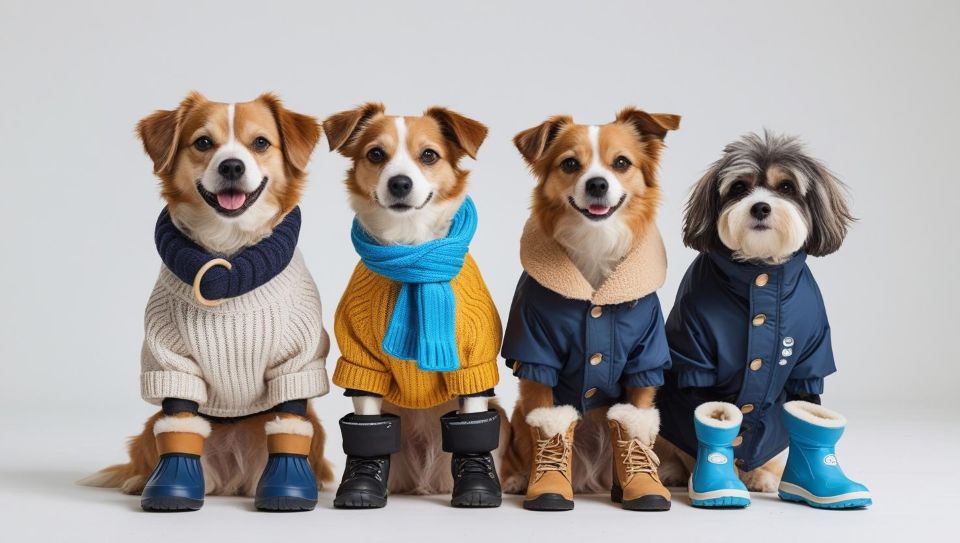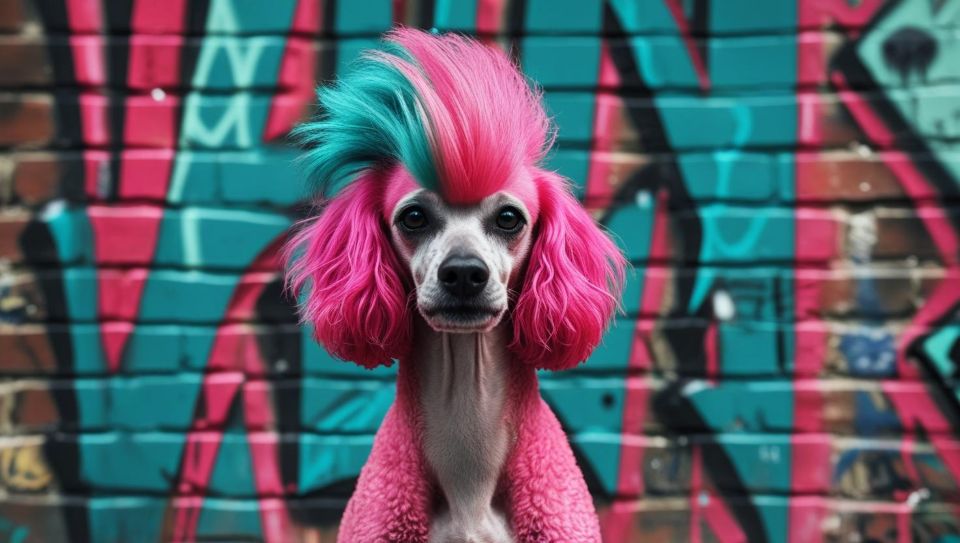Potty training a new dog—whether it’s an excited little puppy or a rescue learning to trust again—can seem overwhelming at first. But don’t worry: with a mix of patience, consistency, and an understanding of your dog’s natural behavior, you can turn this challenge into a smooth, bonding experience. Whether you’re just starting out or hitting some bumps along the way, here are 7 essential potty training tips every pet parent should keep in mind.
Timing Is Everything: Puppies Have Small Bladders
One of the most important rules in puppy potty training is this: young dogs simply can’t “hold it” for long. As a general guideline, a puppy can typically wait one hour per month of age—so a 3-month-old pup may need a bathroom break every 3 hours.
Set a regular puppy potty schedule:
- First thing in the morning
- After every meal
- After naps or playtime
- Before bedtime
- Every couple of hours throughout the day
Establishing a routine early helps your dog learn when and where to go, and reduces the chances of indoor accidents.
Consistency Builds Habits That Stick
Dogs thrive on repetition and routine. Always take your dog to the same potty spot—whether it’s in the yard or on a walk—and use the same cue words, like “go potty” or “do your business.”
Reward them immediately with praise, treats, or even a quick game after they go in the right spot. Positive reinforcement teaches them that going potty outside is a good thing.
❌ Avoid harsh punishments for accidents. It doesn’t help—and it may make your dog fearful or anxious instead of obedient.
Accidents Will Happen—Stay Calm and Move On
Even the best-trained dogs have an occasional oops moment. If you catch your dog mid-accident, gently interrupt them with a calm “uh-oh,” then guide them outside.
What you should never do:
- Yell or scold
- Rub their nose in it
- Punish them after the fact
Clean the accident thoroughly with an enzymatic cleaner to remove any lingering smells—otherwise, they might return to the same spot again.
Crate Training Can Help—When Done Correctly
Used properly, a crate is not a cage—it’s a cozy den that can actually speed up potty training a puppy. Dogs naturally avoid soiling where they sleep, so crates can encourage them to hold it until they’re let outside.
Just make sure:
- The crate is just big enough for them to turn and lie down
- It’s introduced as a positive, safe space—not as punishment
- You don’t leave your puppy crated longer than their age-appropriate limit
For example, a 3-month-old pup shouldn’t be crated for more than 3–4 hours during the day without a potty break.
Learn to Read Your Dog’s Bathroom Signals
Most dogs give signals when they need to go:
- Sniffing around
- Circling
- Whining or pacing
- Standing by the door
Pay close attention to these signs—responding quickly can help reinforce good potty behavior. Over time, your pup may even alert you on their own, but this takes consistency and practice.
Breed and Age Make a Difference
Not all dogs potty train at the same pace. Small breeds often have smaller bladders and may need more frequent breaks. Some breeds are naturally more stubborn, while others catch on quickly.
Senior dogs, or rescues who’ve never been properly trained, may take longer. Also, if your dog suddenly starts having frequent accidents, it’s smart to check with a vet—it could be a medical issue like a UTI.
Remember, there’s no exact timeline. For some dogs, it takes weeks; for others, it may take a few months. And that’s okay.
Celebrate Small Wins—Progress Is Progress
Potty training is a process, not a one-day achievement. There will be great days, and there will be messy setbacks. The key is to stay positive.
Celebrate even the smallest successes:
- A treat for going outside
- An enthusiastic “Good boy!” or “Good girl!”
- A quick game as a reward
These little victories build trust, reinforce good habits, and make your dog more eager to learn. With love, structure, and time, your furry companion will master the routine—and you’ll both come out stronger on the other side.
Final Thoughts
Whether you’re training a brand-new puppy or helping a rescue dog adjust, these dog potty training tips can make the process easier and more enjoyable for both of you. Stick with it, keep the energy positive, and don’t forget to celebrate progress every step of the way.



